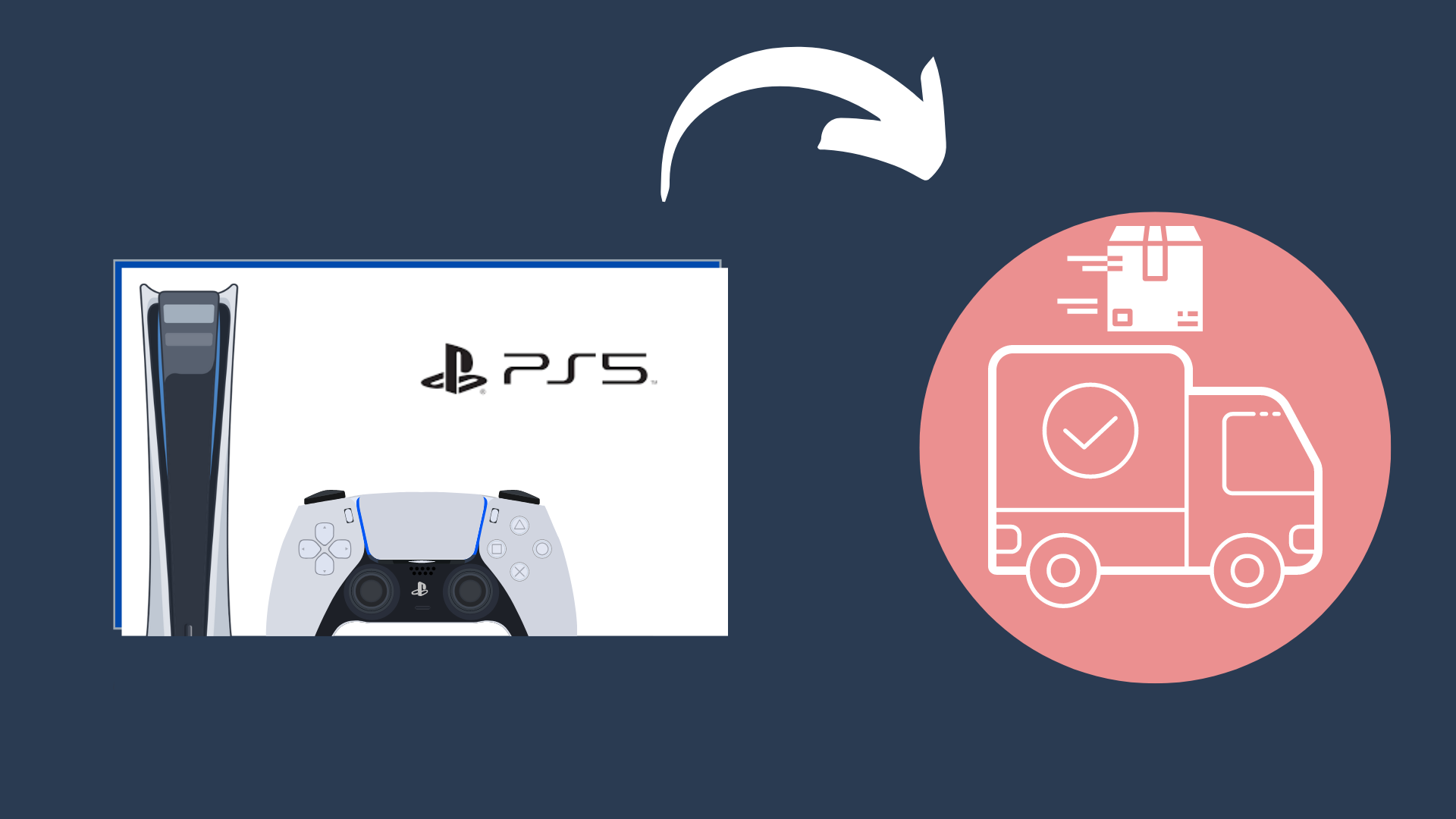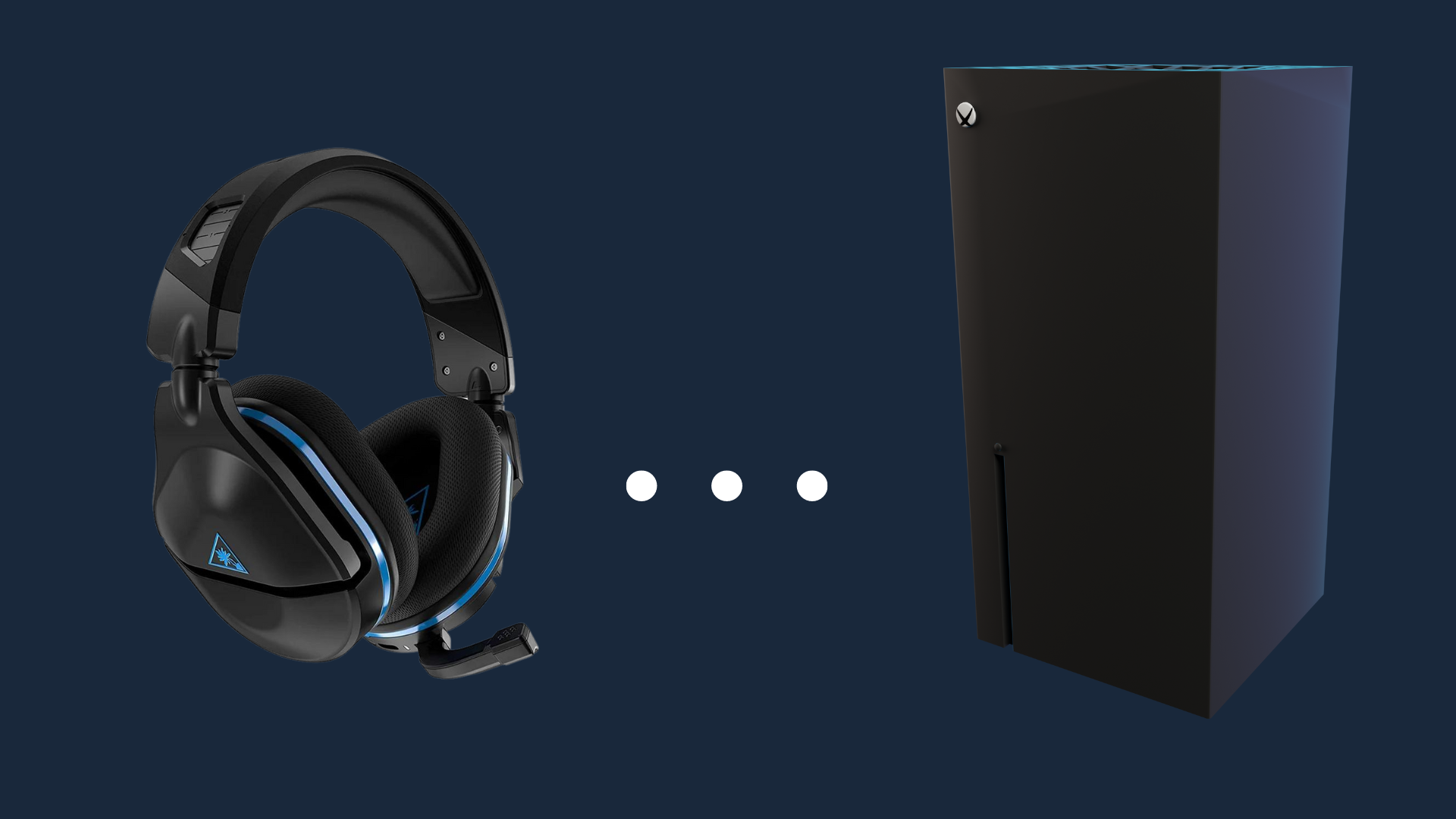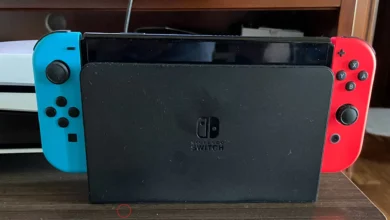How to Connect HyperX Headset to Xbox Series X

One of the standout features of Xbox consoles is multiplayer gaming over Xbox Live. You can party up with friends and play games together, or just stay at a party and chat while playing separate games. To get the most out of Xbox Live, you want a headset with a microphone and good audio quality, and the HyperX line of headsets are highly recommended for Xbox Series owners.
There are two HyperX headsets designed for them: HyperX CloudX and HyperX CloudX Flight. HyperX Cloud connects through a 3.5mm audio cable, which plugs into the small circular hole on the bottom of the controller. The CloudX Flight connects wirelessly through a USB dongle inserted into the console’s front-facing USB ports.
But what HyperX Headsets are supported on Xbox Series X? And what features does this headset have?
How to Connect HyperX Headsets to Xbox Series X
While HyperX makes a wide variety of gaming headsets, most of their headsets are designed specifically for PCs. The HyperX CloudX and the HyperX CloudX Flight are the two models designed specifically for Xbox consoles and are officially licensed Xbox products. There are an additional four models of the headset which may be used with Xbox consoles but are not officially licensed products, and thus some features may not be available on Xbox.
In addition, the HyperX Cloud Flight headset only works with Xbox consoles and does not support use on PC or PlayStation consoles. If you want a device that will work on your Xbox and other devices, you may want to purchase one of these four models: HyperX Cloud Stinger, HyperX Cloud Orbit S, HyperX Cloud II Wireless, and HyperX Cloud Mix.
HyperX Cloud X Headset
The HyperX Cloud X is a wired headset designed solely for Xbox consoles. This includes Xbox One, Xbox One S, Xbox One X, Xbox Series S, and Xbox Series X. You will not be able to use this headset on any other devices. The HyperX CloudX connects to all Xbox consoles through a 3.5mm audio cable that runs from the headset to the controller. In addition, the CloudX has a removable microphone if you just want to use the headset as a pair of headphones.
The headset audio cable includes inline audio controls, so you can change the volume without going into the console menus or interrupting gameplay. The ear cushions are memory foam, ensuring a snug, comfortable fit for any size of head. The microphone is noise canceling, so it will block out any background noise when speaking into the microphone.
The HyperX CloudX Flight is a wireless headset designed solely for Xbox consoles, and is compatible with all models of Xbox One and Xbox Series devices. You connect to this headset through the use of a USB wireless dongle, which you should plug into the front-facing USB ports on your console to ensure the best signal to your headset. The wireless connection is 2.4GHz, and allows you to be untethered from the controller.
There is also a chat mixer included in the headset, which lets you change the audio balance between chat and game audio without having to go into console menus or system settings. All of the volume, mute, and power controls are located on the exterior of the earcups. There are also included LED indicators for mute setting and battery status. The battery in the headset should last for up to 30 hours.
Other HyperX Headset options
The HyperX Cloud II and the HyperX Cloud Mix are two wireless options offered by HyperX which are also compatible with Xbox consoles. Remember, these headsets are NOT wireless compatible with Xbox consoles; you must connect them through the 3.5mm audio cable to the Xbox controller in order to use them with Xbox.
The Mix is Bluetooth wireless connectivity with PC and mobile devices, so you can bring the headset with you to use with mobile calls or a laptop in a place outside the home. It has a battery life of 20 hours, and the microphone is detachable. The HyperX Cloud II, on the other hand, uses a USB dongle for its wireless connectivity. The wireless dongle functions with PlayStation consoles and PC, but not Xbox consoles. You can connect the headset through a 3.5mm audio cable to the Xbox, much like the Mix.
The main feature of the HyperX Cloud Stinger is its lightweight design. It only weighs 275 grams, so it’s much less likely to cause neck strain over long gaming sessions. It also features volume control on the earcups and a noise-canceling microphone. A good option if you want something lightweight, easy to take with you, and you don’t mind a wired connection. The Stinger also features steel components, making it significantly more durable than other HyperX models. This, combined with the reduced weight, makes it an ideal portable gaming headset.
The final HyperX product option for Xbox consoles is the Cloud Orbit S. The main feature of this device is the head tracking feature and #D audio functionality. Head tracking will follow the movements of your head, changing the direction of the audio source in line with your head movements for a more immersive experience. The 3D audio features present a more realistic audio simulation based on positioning and the source of in-game audio. This can be useful in multiplayer games, as it will be easier to pinpoint where on the map the player’s audio is coming from. There is also included software that lets you fine-tune your 3D audio experience based on the room you game in. This software is called Audeze HQ, and it also includes built-in profiles if you don’t wish to fiddle with settings in the software. The microphone is noise canceling, detachable, and includes a pop filter to avoid unwanted sounds while speaking during gameplay. The Orbit S also supports multiple cable options, such as USB A, USB C, and 3.5mm cables. To connect to Xbox consoles, you will want to use a 3.5mm audio cable.





